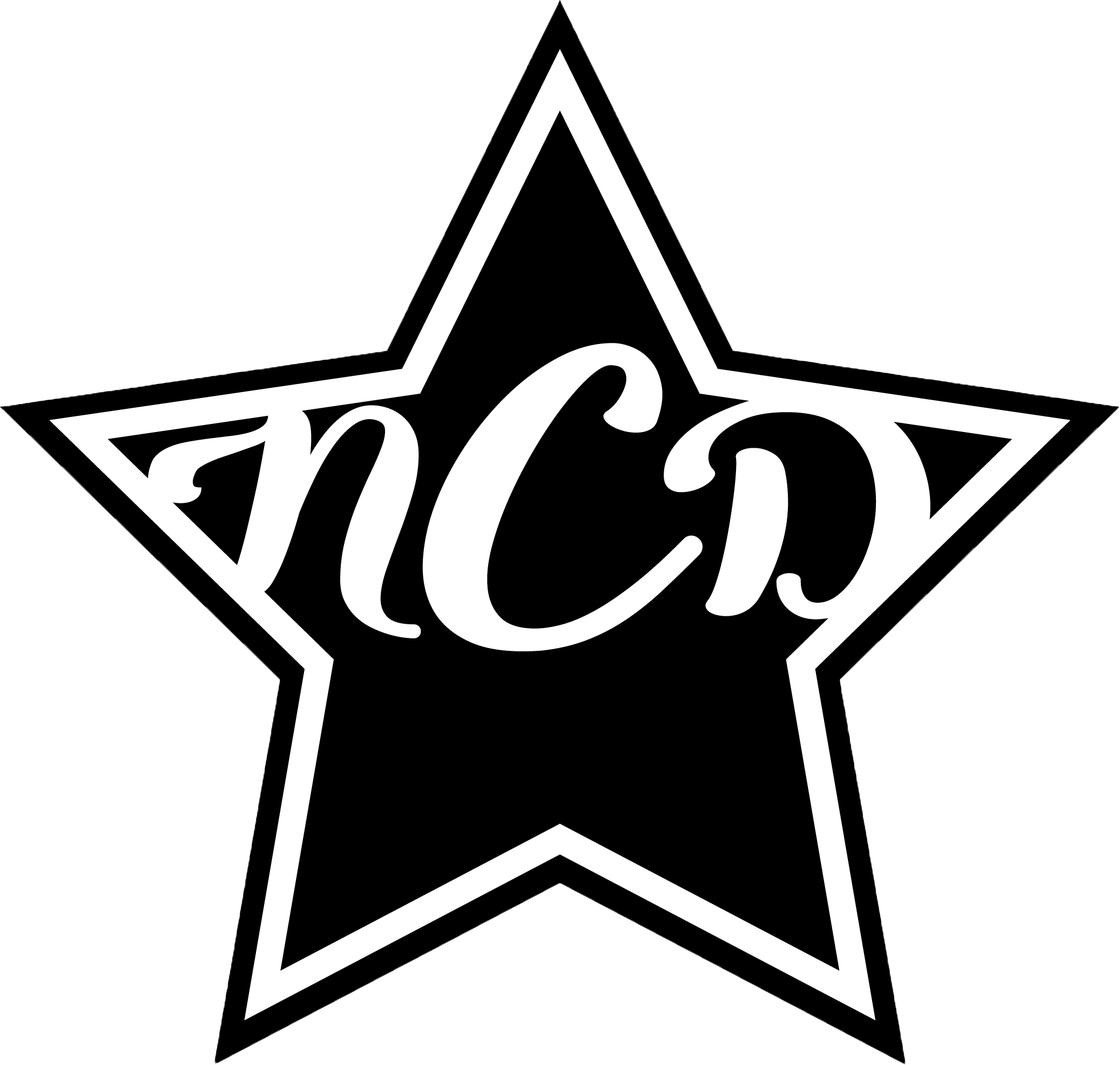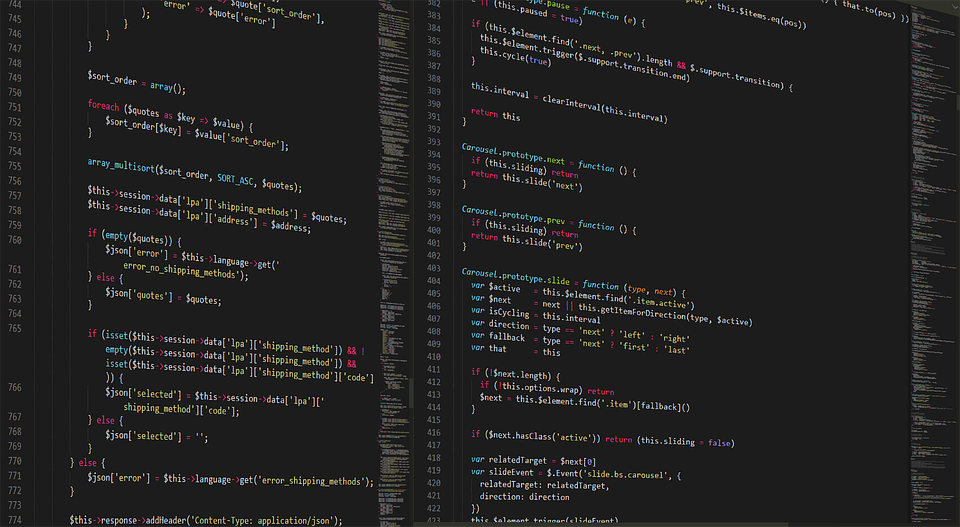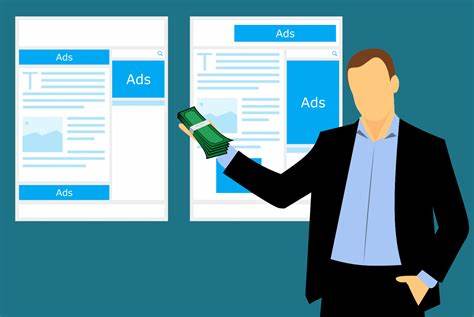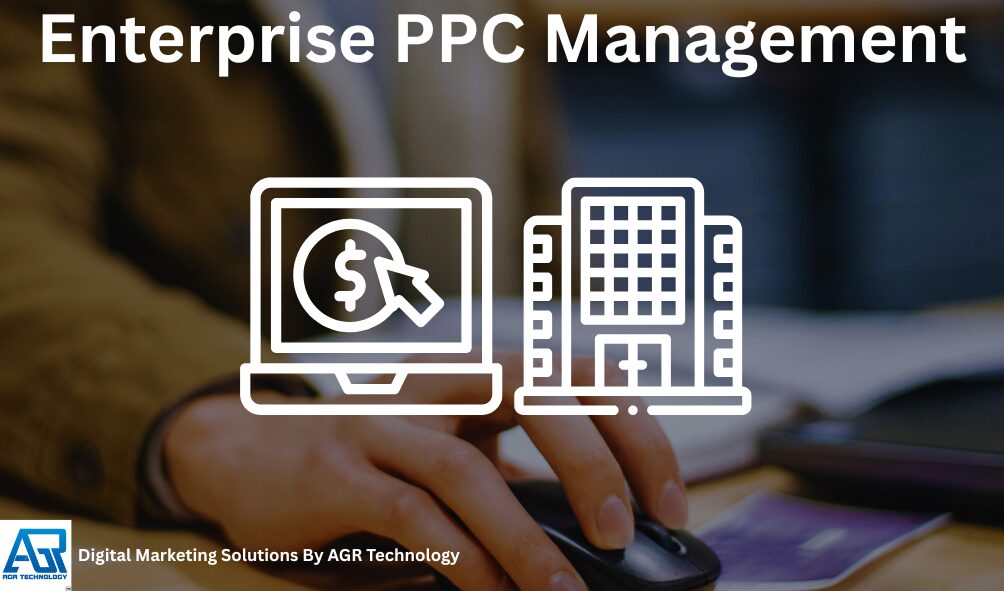
If your paid media budget spans regions, brands, or business units, the stakes are higher. Mistakes get expensive fast, and good work needs to be repeatable at scale. We built our enterprise PPC management service to give large organizations clear strategy, strong controls, and the tooling to execute at pace, without sacrificing governance.
At AGR Technology, we partner with teams to architect accounts, automate workflows, align stakeholders, and prove impact. Google Ads, Microsoft Advertising, Meta Ads, and Performance Max, we handle the lot. Ready to get serious about efficiency and growth? Let’s talk.
Book a free consultation call with AGR Technology to see how we can help scale your brand with proven online marketing strategies
Reviews from some of our happy customers:
Supporting businesses of all sizes to get ahead with digital solutions

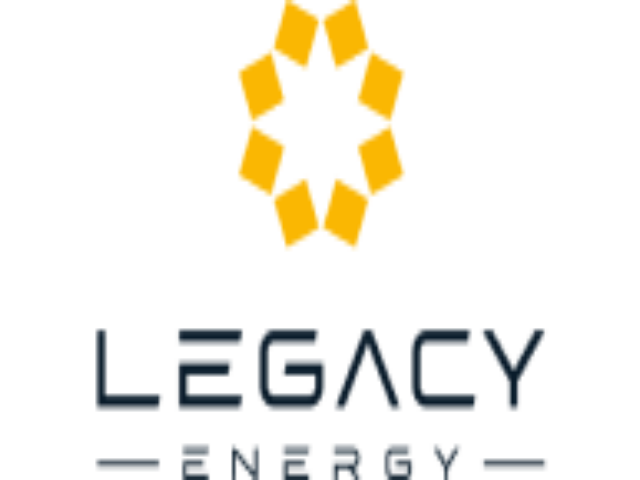
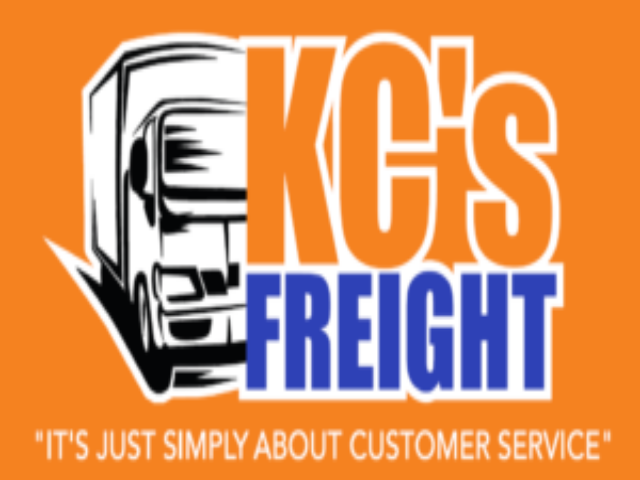
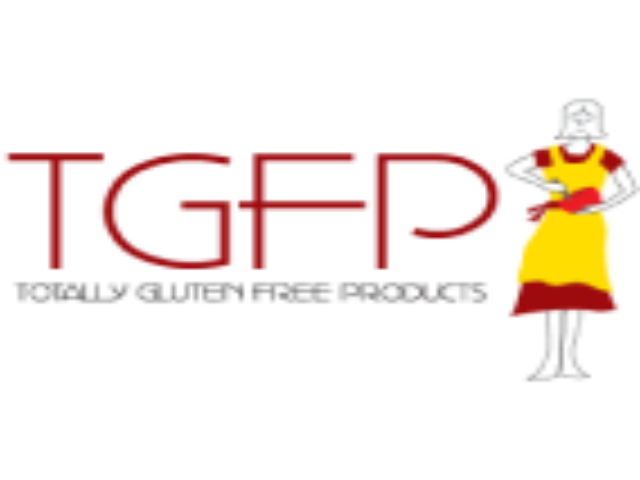

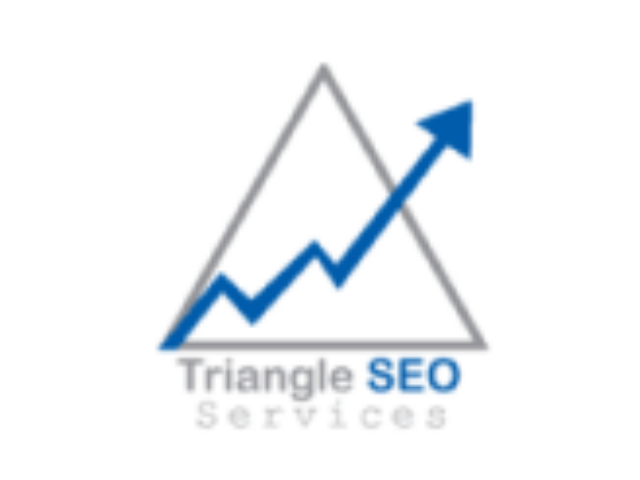
Why work with us?
What Sets Enterprise PPC Apart
Scale, Complexity, And Risk
Enterprise PPC lives where volume and variability meet. You’re juggling:
- Hundreds or even thousands of keywords and assets across search, shopping, PMax, and brand portfolios
- Frequent product, price, and promo changes driven by merchandising and inventory
- Multiple data sources: CRM, analytics, CDP, offline conversions, and LTV cohorts
- Tight risk controls on brand terms, competitor activity, and regulated ad copy
At this scale, manual work breaks. We carry out modular account structures, guardrails on Smart Bidding, and monitoring that catches spend leaks and data drift before they bite.
Stakeholders, SLAs, And Governance
Enterprise PPC isn’t just bids and budgets, it’s people and process:
- Clear SLAs for requests, launches, and approvals
- Agile cadences with marketing, product, finance, and legal
- Documented runbooks for incidents, platform changes, and vendor escalations
We set up a shared operating rhythm: weekly performance stand-ups, monthly executive readouts, and quarterly planning tied to commercial goals (revenue, ROAS, CAC, margin). Decisions are logged: accountability is clear.
Global, Multi-Brand, And Regulated Environments
Multi-country and multi-brand programs require localization and control:
- Market-level nuances (language, currency, tax, promotions, holidays)
- Central brand guidelines with market flexibility
- Regulatory requirements (health, finance, government) with auditable approvals
We design playbooks that balance central governance and local impact, creative libraries, negative keyword frameworks, and market-specific bid targets, so teams can move fast within safe boundaries.
Strategy And Account Architecture
Modular Structures: Brand, Non-Brand, Competitor, Retargeting
We build accounts in modules that map to intent and control:
- Brand: protect share, control SERP coverage, manage partner cannibalization
- Non-brand: harvest incremental demand with clear CPA/ROAS targets
- Competitor: strict governance, careful copy, monitored impression share
- Retargeting/prospecting: segment by funnel stage, audience quality, and LTV
This structure enables budget partitioning, clean reporting, and consistent testing across markets and business units.
Global And Multi-Market Architecture (Locales, Currencies, Languages)
For multi-country rollouts, we standardize where it counts and localize where it matters:
- Naming conventions, labels, and shared negative lists
- Feed variants per locale (currency, availability, shipping)
- Language-appropriate RSAs and assets with centrally approved templates
- Country-level budget caps, pacing rules, and exchange-rate awareness
We use Google Ads and Microsoft Advertising shared libraries, MCC-level scripts, and SA360 (or API-first workflows) to keep governance tight.
Thematic vs. Granular Builds, RSAs, And Performance Max Placement
Keyword and campaign design depends on data density and creative supply:
- Thematic builds (fewer, broader ad groups) pair well with RSAs and strong audience signals
- Granular builds increase control where budgets are large and queries are sensitive
- Performance Max is placed intentionally: feeds are segmented by margin, lifecycle, or country: brand exclusions are configured where appropriate: creative assets are versioned and labelled for testing
We document why each module exists, its objective, and how it’s measured. No mystery meat campaigns.
Automation, AI, And Bidding
Smart Bidding Guardrails: Targets, Floors, And Budgets
We lean into machine learning with human guardrails:
- Target ROAS/CPA set by margin and LTV cohorts, not guesswork
- Bid floors/ceiling logic for sensitive categories and regulated terms
- Budget caps and pacing with anomaly alerts (e.g., spend spikes, CPC drift, feed breaks)
We align conversion value rules with business reality, shipping costs, returns, lead quality scores, and push offline conversions back to the platforms for better signal.
Scripts, Rules, APIs, And Workflow Automation
Repetitive work becomes code:
- Pacing and budget rebalancing scripts at the portfolio level
- 404 and policy violation monitors for ad/landing pages
- Query mining and negative list maintenance
- Slack/Teams alerts for disapproved ads, feed errors, and inventory gaps
Where useful, we integrate via Google Ads API, Microsoft Ads API, and BigQuery to build custom workflows beyond what SA360 or native UIs offer.
Feed Management And Creative Automation At Scale
Shopping and PMax depend on clean, rich feeds. We handle:
- Feed normalization and enrichment (titles, attributes, GTIN, availability)
- Rules for margin tiers, seasonal flags, and inventory suppression
- Asset generation at scale: RSA pinning strategies, image/video variants, and localized copy templates
Result: better coverage, higher relevance, and less wasted spend.
Budgeting, Forecasting, And Scaling
Portfolio Budgets, Pacing, And Spend Governance
We manage budgets like a portfolio, not a pile of line items:
- Tiered allocations: defend brand, grow high-ROAS non-brand, cap test budgets
- Centralized pacing with market-level flexibility and change logs
- Finance-friendly reconciliations that match accruals and invoice schedules
Every dollar has a job. Every variance has an explanation.
Forecast Scenarios, Seasonality, And Capacity Constraints
We forecast with ranges, not false precision:
- Scenario planning by CPC, conversion rate, and supply constraints
- Seasonality overlays (holidays, events, fiscal calendars)
- Capacity-aware spend (contact center limits, delivery SLAs, stock levels)
We combine GA4, platform data, and historical baselines to get realistic outlooks that leaders can plan around.
Expansion: New Markets, Retail Media, And PMax
When growth is the brief, we map the runway:
- Market entry playbooks: legal, language, payments, and shipping considerations
- Retail media pilots (Amazon Ads, eBay, Woolworths/Coles networks) with SKU-level ROI
- Structured PMax expansion with asset groups by margin and lifecycle
We scale only when measurement is sound and operations can cope.
Measurement, Testing, And Reporting
First-Party Data, Consent, And Offline Conversion Integrations
With privacy changes and Consent Mode, first-party data is the backbone:
- GA4 with server-side tagging and Consent Mode v2
- CRM integrations (Salesforce, HubSpot) to post back offline conversions and lead stages
- Enhanced conversions and hashed identifiers under a clear consent framework
We align tracking with legal counsel and document data flows for auditability.
Attribution Options: MTA, MMM, And Incrementality Testing
No single model answers every question. We use:
- Platform models for day-to-day optimization (data-driven attribution where eligible)
- MMM for long-run budget allocation across channels
- Geo and audience-based lift tests to measure incrementality
The output is practical: which campaigns to fund, which to fix, and which to retire.
Experiment Design, Test Roadmaps, And Executive Dashboards
We keep testing structured and visible:
- Quarterly test roadmaps with hypotheses, power analysis, and success criteria
- Clean-room or audience-split tests where needed
- Executive dashboards in Looker Studio or Power BI with drill-downs by market, brand, and product
Leaders get the signal, practitioners get the detail, and tests don’t vanish into the ether.
Governance, Compliance, And Collaboration
Approval Workflows, Brand Safety, And Regulatory Compliance
We put compliance first:
- Role-based approvals for ads, sitelinks, and assets
- Brand safety controls: negative placements, brand exclusions in PMax, and content suitability
- Regulatory checkpoints for restricted categories with evidence trails
Everything is documented and reviewable.
Cross-Channel Alignment With SEO, CRO, Email, And Sales
PPC works best when it’s not working alone:
- Search term insights feed SEO roadmaps: SEO content supports Quality Score
- CRO partners help landing pages convert: we share test learnings both ways
- Email and lifecycle teams receive audience signals: sales gets cleaner lead quality
We join your operating model rather than adding noise to it.
In-House vs. Agency Models And Vendor/Tool Stack Selection
We’re flexible on engagement:
- Full-service management for teams that want a single accountable partner
- Hybrid models where we build the system, then coach your in-house team
- Tooling advice across SA360, Campaign Manager 360, feed platforms, and tag management
Our goal is capability, not dependency.
Conclusion
Enterprise PPC management needs clear strategy, clean data, and strong controls, then the creativity to find new pockets of performance. If you’re running multi-market budgets and feeling the strain, we can help you regain control and accelerate growth.
Here’s the next step:
- Book a strategy call with AGR Technology to review your account structure, bidding setup, and measurement gaps
- Get a concise action plan with priorities, timeline, and ownership
- Decide whether you want us to carry out, coach your team, or set up the system and hand it over
No fluff, just a reliable operating model for paid media at scale. Contact us to get started.
Enterprise PPC Management: Frequently Asked Questions
What is enterprise PPC management and how is it different from standard PPC?
Enterprise PPC management handles large, complex programs across regions, brands, and business units. It emphasizes modular account structures, automation, and strict governance to reduce risk. Stakeholder alignment, SLAs, and documented runbooks ensure repeatability at scale, while guardrails on Smart Bidding and monitoring prevent spend leaks and data drift.
How do you structure enterprise PPC accounts for multi-brand and multi-market programs?
We use modular builds—brand, non-brand, competitor, and retargeting—mapped to intent and control. Global rollouts standardize naming, labels, and negatives, while localizing feeds, assets, and budgets by country and language. This enables clean reporting, market-level flexibility, and consistent testing across brands and regions.
How does AGR Technology use automation and AI while maintaining control?
We lean into Smart Bidding with guardrails: ROAS/CPA targets tied to margin and LTV, bid floors/ceilings for sensitive terms, and budget caps with anomaly alerts. Scripts and APIs automate pacing, policy checks, query mining, and feed health, with Slack/Teams alerts to surface issues fast.
What governance and compliance processes are included in enterprise PPC management?
Governance covers SLAs, approval workflows, and auditable change logs. Brand safety includes negative placements, PMax brand exclusions, and content suitability settings. Regulated categories follow role-based approvals and evidence trails. We align tracking with legal and Consent Mode v2, documenting data flows for auditability.
How long does it take to see results from enterprise PPC changes?
Expect quick hygiene wins within 2–4 weeks (feed fixes, negative keywords, budget pacing) and more stable performance gains over 6–12 weeks as bidding learns and tests conclude. Multi-market restructures or consent/CRM integrations can require 1–3 quarters to fully realize impact and stabilize reporting.
When should a company move to enterprise PPC management?
Consider it when budgets span multiple regions or brands, frequent catalog or promo changes strain teams, or compliance risk is high. Operational signals include millions of keywords/assets, multiple data sources (CRM, offline conversions), and the need for formal SLAs, governance, and automation to scale reliably.
![logo-new-23[1] logo-new-23[1]](https://agrtech.com.au/wp-content/uploads/elementor/thumbs/logo-new-231-qad2sqbr9f0wlvza81xod18hkirbk9apc0elfhpco4.png)




